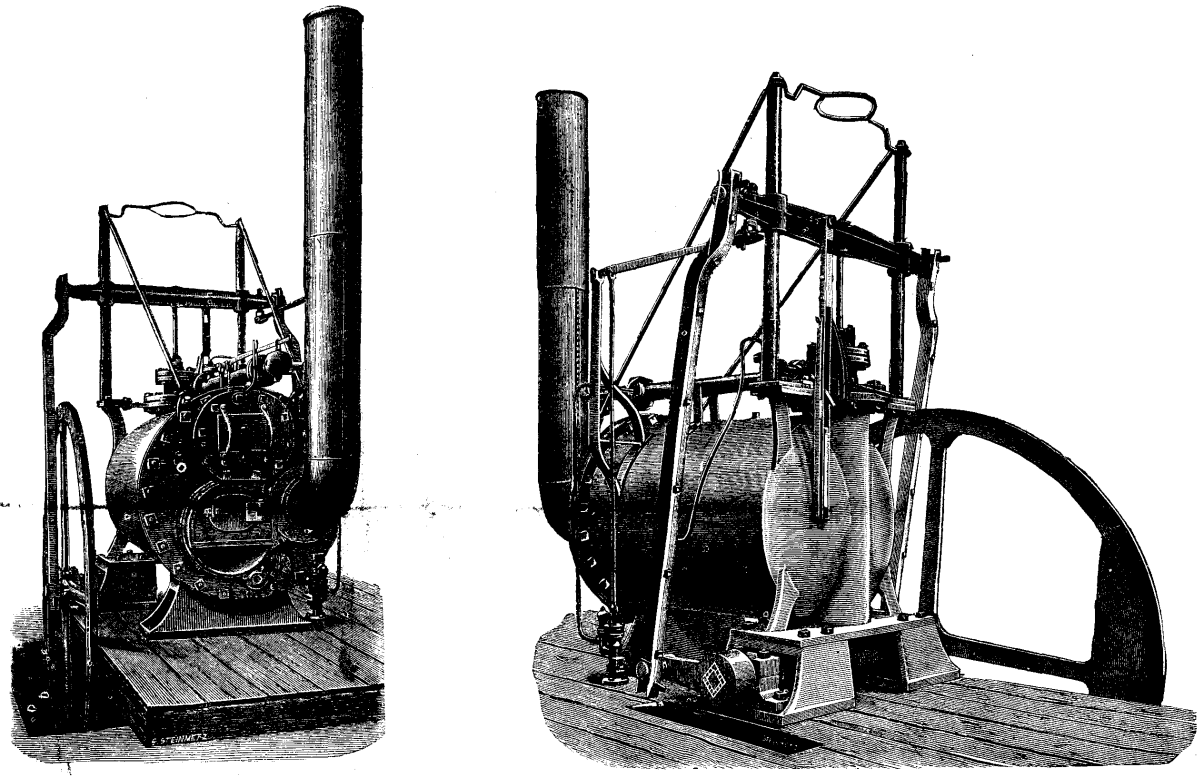|
Robert Dickinson (businessman)
Robert Dickinson was an English businessman who went into partnership with Richard Trevithick in 1808. Dickinson had previously been a West Indian Merchant. He lived at 58 Great Queen Street Great Queen Street is a street in the West End of central London in England. It is a continuation of Long Acre from Drury Lane to Kingsway. It runs from 1 to 44 along the north side, east to west, and 45 to about 80 along the south side, w ..., London. Dickinson provided most of the financial backing for a series of patents and other projects that the partnership developed, but Trevithick also tried to raise money by selling or mortgaging various mine shares and other property. However the partnership was declared bankrupt on 5 February 1811 with debts of £4,000. Trevithick cleared the debts at 16 shillings in the pound (i.e. 80%) by 1 January 1814. Dickinson contributed nothing to this. Dickinson continued taking out patents, being granted a six-month patents for an improvement to s ... [...More Info...] [...Related Items...] OR: [Wikipedia] [Google] [Baidu] |
English People
The English people are an ethnic group and nation native to England, who speak the English language, a West Germanic language, and share a common history and culture. The English identity is of Anglo-Saxon origin, when they were known in Old English as the ('race or tribe of the Angles'). Their ethnonym is derived from the Angles, one of the Germanic peoples who migrated to Great Britain around the 5th century AD. The English largely descend from two main historical population groups the West Germanic tribes (the Angles, Saxons, Jutes and Frisians) who settled in southern Britain following the withdrawal of the Romans, and the partially Romanised Celtic Britons already living there.Martiniano, R., Caffell, A., Holst, M. et al. Genomic signals of migration and continuity in Britain before the Anglo-Saxons. Nat Commun 7, 10326 (2016). https://doi.org/10.1038/ncomms10326 Collectively known as the Anglo-Saxons, they founded what was to become the Kingdom of England ... [...More Info...] [...Related Items...] OR: [Wikipedia] [Google] [Baidu] |
Richard Trevithick
Richard Trevithick (13 April 1771 – 22 April 1833) was a British inventor and mining engineer. The son of a mining captain, and born in the mining heartland of Cornwall, Trevithick was immersed in mining and engineering from an early age. He was an early pioneer of steam-powered road and rail transport, and his most significant contributions were the development of the first high-pressure steam engine and the first working railway steam locomotive. The world's first locomotive-hauled railway journey took place on 21 February 1804, when Trevithick's unnamed steam locomotive hauled a train along the tramway of the Penydarren Ironworks, in Merthyr Tydfil, Wales. Turning his interests abroad Trevithick also worked as a mining consultant in Peru and later explored parts of Costa Rica. Throughout his professional career he went through many ups and downs and at one point faced financial ruin, also suffering from the strong rivalry of many mining and steam engineers of the day. ... [...More Info...] [...Related Items...] OR: [Wikipedia] [Google] [Baidu] |
Great Queen Street
Great Queen Street is a street in the West End of central London in England. It is a continuation of Long Acre from Drury Lane to Kingsway. It runs from 1 to 44 along the north side, east to west, and 45 to about 80 along the south side, west to east. The street straddles and connects the Covent Garden and Holborn districts and is in the London Borough of Camden. It is numbered B402. Early history The street was called "Queen Street" from around 1605–9, and "Great Queen Street" from around 1670. In 1646 William Newton was given permission to build fourteen large houses, each with a forty-foot frontage, on the south side of the street. Although he did not build all the houses himself, selling on some the plots, they were constructed to a uniform design, in a classical style, with Ionic pilasters rising through two storeys from the first floor to the eaves. The regular design of the houses proved influential. According to John Summerson they "laid down the canon which p ... [...More Info...] [...Related Items...] OR: [Wikipedia] [Google] [Baidu] |


